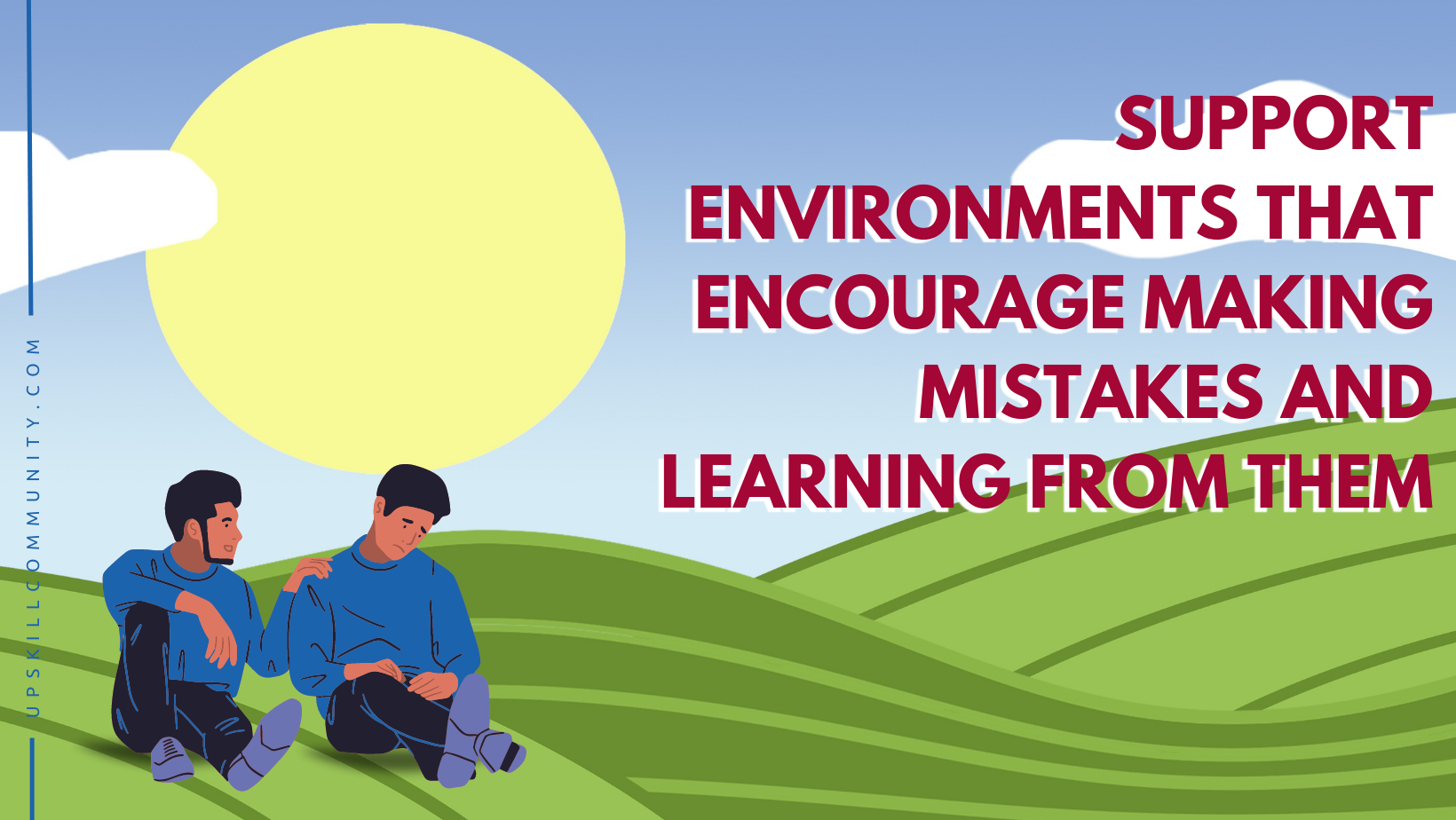
UpSkill: The Leadership Marathon, Part III
In this blog post I will share lesson #3 learned from the 2022 Boston Marathon.
Lesson 3: Intangible aspects of your environment contribute to peak performance.
In the elite men’s race, Kenyan runners swept the podium in the Men’s Pro Division. Evans Chebet of Kenya finished in 2:06:51. He was followed by Lawrence Cherono about 30 seconds later, and then Benson Kipruto about forty seconds later.
Kenya’s Peres Jepchirchir won the women’s race with a time of 2:21:01 and became the first athlete in history to win Boston, New York City and Olympic marathon titles.
So many people try to make sense of why the Kenyans and Ethiopians dominate these long-distance races. Harvard biologist Daniel Lieberman says it’s impossible to quantify, yet there are multiple explanations circulating.
One explanation is practice. Some argue the athletes grow up from an early age doing extensive walking and running. Once the athletes start to win from a young age, the community notices and joins in, making running a community event. The community motivates and pushes itself to excel. A culture of long-distance running emerges. Strategies are shared, pride builds, and a running space is created.
By the time they turn 17 they have been practicing since childhood for these races. That culture breeds confidence. It’s likely the Kenyans enter the race feeling like it is theirs to lose. It is also likely their competitors enter the race feeling like the Kenyans will win, and psychologically hand over the race.
These are important considerations, but there are two other considerations that are very popular in the literature.
One is the Kenyan diet. It’s a simple diet of farm fresh goods, mixed carbs, protein and vegetables. It’s very simple.
Another is motivation: the influence of motivators such as poverty. The Kenyans are running for a cause, but they are not the only ones running for a cause. The cause may be contributing. However, the Kenyans are not trying to get out of poverty. We can also not assume that every Kenyan or Ethiopian athlete came from an underprivileged background.
How do explain the dominance of the Kenyans and Ethiopians in long-distance running?
Of course, there is work ethic, diet, motivation. All of the factors discussed are important for success and would certainly contribute to dominance. However, the commonly-cited factor that we’re going to talk about in this episode is the environment and culture.
That is the one we will borrow as our leadership lesson.
Most of the long-distance races in recent history have been won by Kenyans and Ethiopians. Some of the literature focuses on the environments in which the Kenyans live and train. These are high-altitude environments where the air is thin and oxygen is scarce. The human body, living and working and practicing in these environments, adapts by producing more red blood cells. These red blood cells capture and deliver the limited oxygen that is available. Lung capacity and efficiency then increases.
Most of these elite runners from Kenya are from an area called Rift Valley Region. Literature suggests that this is the perfect running territory. It has rolling hills and dirt rolls. Marathoners across the world go to the Rift Valley Region to train in this environment. Clearly there is something about this environment that we want to understand.
However, we also know that not everyone going to the area to train is dominating the sport. It is those who are immersed in the environment that are dominating. There are layers to the environment, layers to the culture. It is not just the altitude, or the rolling hills and dirt roads, because Kenyans are not the only people practicing and developing long-distance running skills in these areas.
Let us take a look at the intangibles in these environments. What are the intangible aspects that may be benefitting Kenyans; that manifest in this performance. What do you think those intangible aspects are?
What we have learned so far about the Kenyans based on the literature is that they have been practicing long-distance running from childhood. They’ve run to shops, school, the neighbours etc. They live, breathe, dream running. It is not just an activity, it is a way of life. That is the big difference maker. The environment is not just about a race. It’s about a culture, a community that talks about it, highlight it and celebrate it.
That environment will breed a different kind of environment than one where there are only a few athletes around, who then need to travel to somewhere else to find the ideal environment to train in.
As leaders the lesson I want us to take away is to understand what W. Clement Stone talked about: You are a product of your environment.
As leaders we need to analyze our leadership, our learning and our life in terms of our environment.
We know the importance of environment. We know the importance of environment for plants. We know some do well in the sun, in the shade, in tropical climates. We know some plants work well when they’re around other plants, while others should not be in close proximity to others.
We know the importance of environment for children. We know that their environment can affect the skills and habits they develop.
We also know that this is true for us as leaders: that we are a product of our environment.
Yet we are so busy moving widgets. So busy trying to meet deadlines. So busy putting out fires, getting through the day to day.
Creating an environment is not easy, nor is it instant. Too few of us are investing the time and energy to cultivate an environment that will allow us, and our people, to flourish.

Yet the literature is showing us that this is a key step for leaders. We must be honest, fair, charismatic, and also create quality environments. We need to create quality environments that support well-being, inclusivity, equity, collaboration We also need to support environments that encourage making mistakes and learning from them..
We are the leaders called upon to create the environments that create intangible results that can’t be understood.
That is the calling as leaders. How can we create environments that create intangible results that no one can explain. How can we create those kinds of environments. Environments where everyone understands their identity, their role, their importance.
When we put certain plants together they support each other, they climb on each other and they grow because of their proximity to one another. How can we create environments that allow us to flourish and allow our people to flourish? That is the calling for us as leaders.
We must take a look at the Kenyans. Their dominance doesn’t have one definitive explanation but it is clear that their environment nurtures, and continues to nurture, athletic dominance.
That culture breeds winners because the culture is a running culture. To develop the kind of culture where there is well-being, justice, inclusion, we have to double down and give time and intentionality, effort and resources to building the environments that allow us to flourish.
Environment produces certain results, that not even the best scientists can explain. We have the opportunity as leaders to create environments that allow us to flourish in ways that can’t be explained.
What about the environment you have right now? What about the environment you have been working on?
Is it getting better? Can you see you’re making progress?
Let’s take Tom Peters guidance from his 2003 book, “Reimagine” and hit ctrl+alt+delete. In these times, Peters argues, an incremental change in environment is likely inadequate for the disorderly world we live in. It’s time to destroy, reimagine, recreate and rebuild the environments that we need in order to be able to flourish, to be able to build a sense of belonging for everyone.
The old environments are going to be inadequate to support new needs. It is a bold call by Peters, far in advance of the pandemic. Peters was ahead of his time. Now it’s for us to recognize that the environments we have in place now may be wholly inadequate to meet the new needs for the calls that we are now hearing. It’s time to rebuild your environment.


